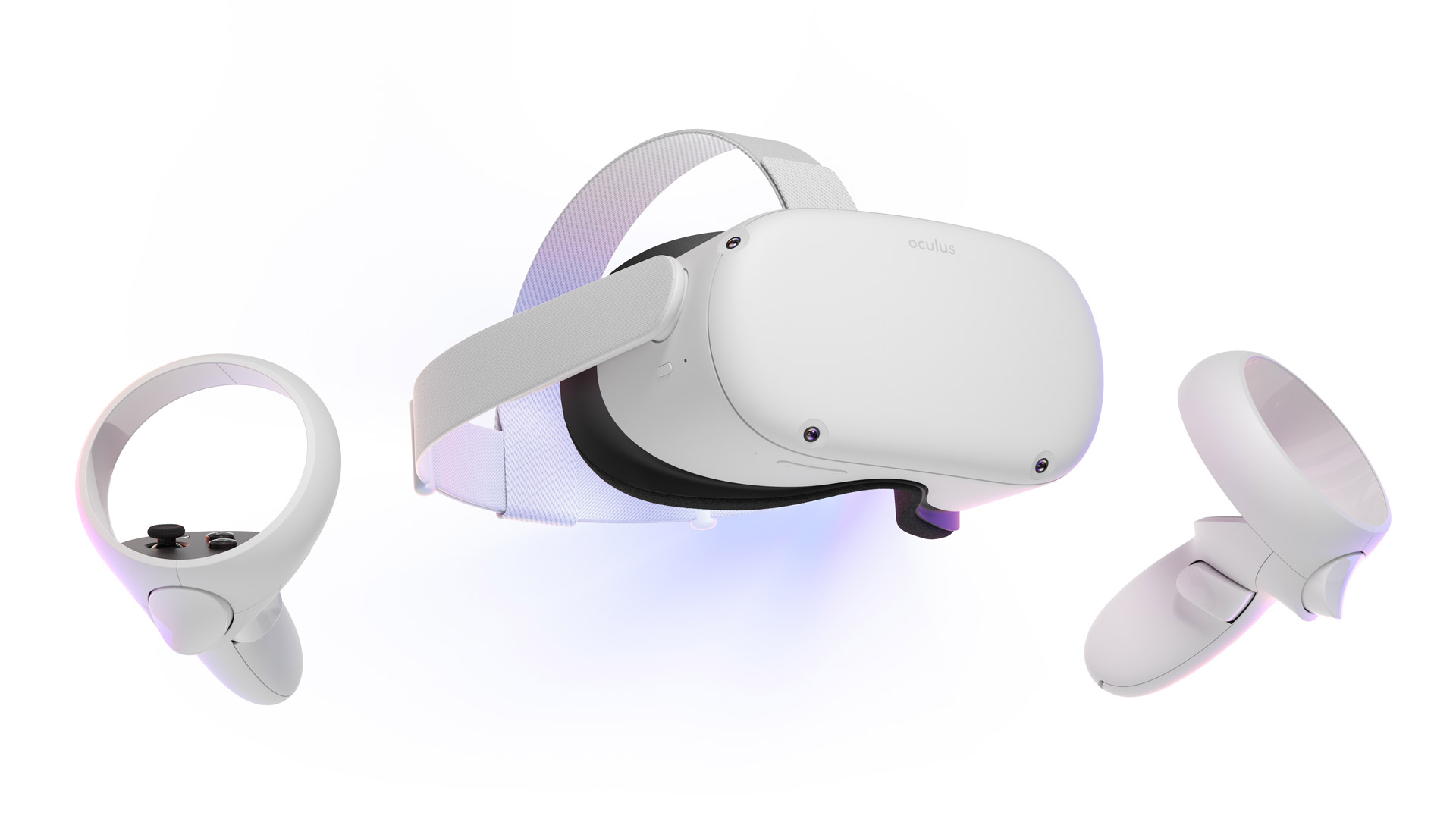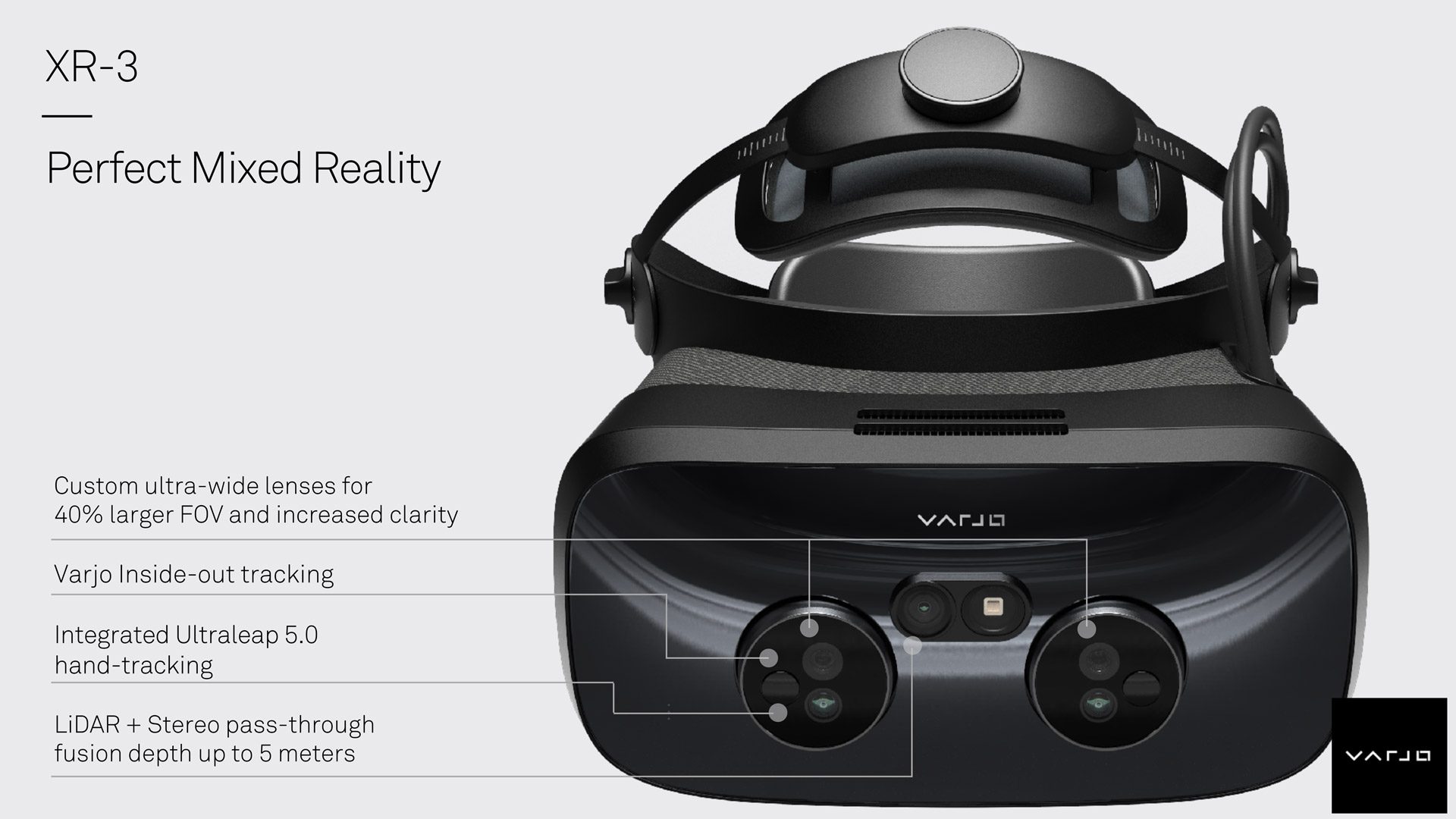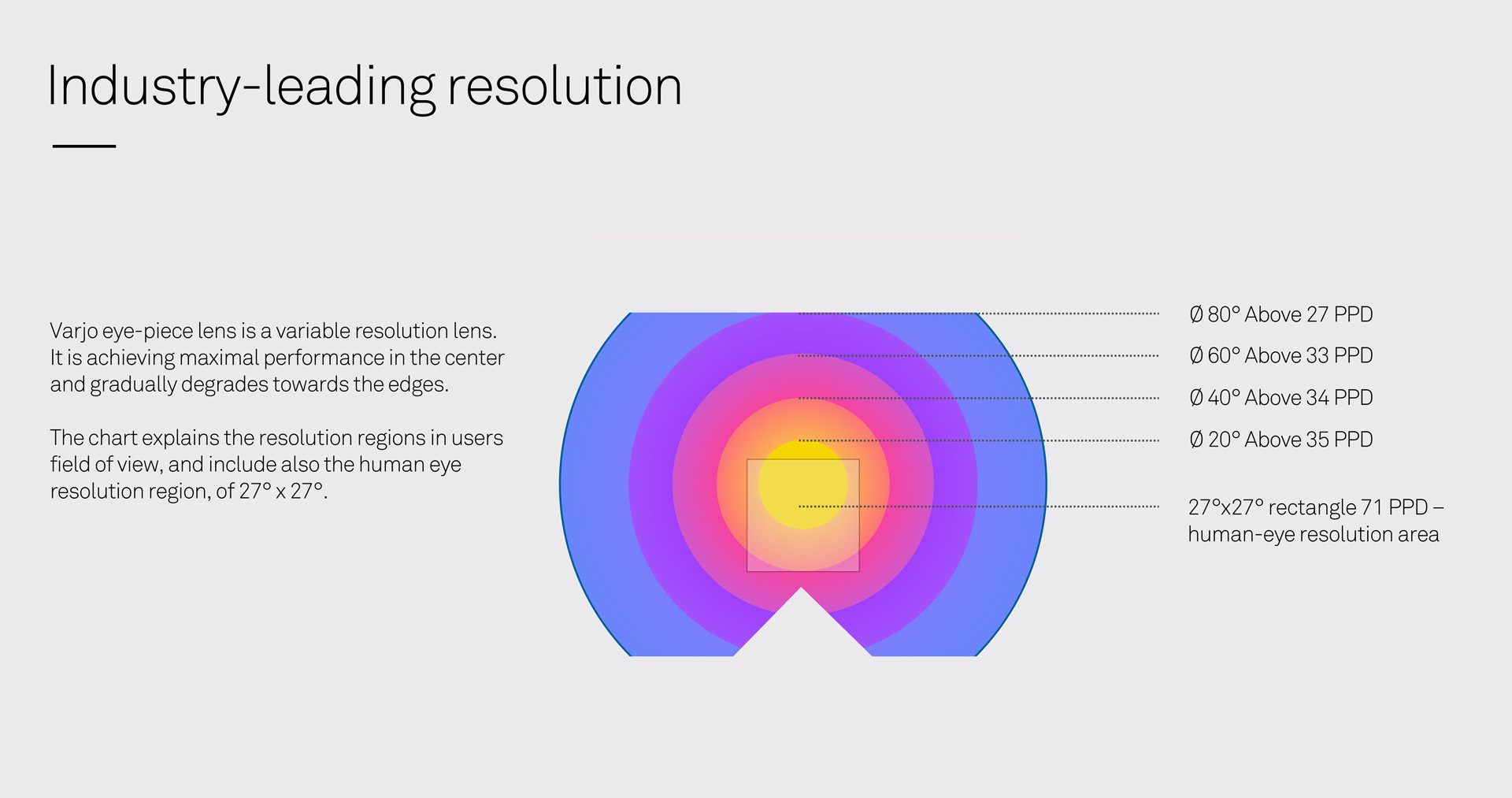List of headwear (unranked) I think are great 🙂
- Valve Index
- Oculus Quest
- Sony Playstation VR
- Microsoft Hololens 2
- Varjo XR-3
Virtual Reality (VR) Headsets
Oculus Quest 2 (Fave)
Oculus Quest 2 is my preferred VR device with its affordable price and ease of use. The Oculus Quest 2 comes with a price tag of 299 USD which is 100 cheaper than the earlier Oculus Quest without any skimping on the specs.
Design
What makes this my preferred VR headset is that it does not require any console, external PC, or screen in order for it to work i.e. standalone. This means no cables and a much less restrictive gaming experience as you are no longer tethered to a PC or another device. Furthermore, no wiring means that the set-up is quick and easy.
The headset and controls are also friendlier looking compared to other headsets where most headsets have a ‘gamer’ aesthetic that may be quite intimidating to new VR users.


VR headsets are known to be clunky and heavy on the head which could dampen the VR experience be it through the loss of immersion (being fully aware you have a heavy contraption on your head) or physical pain. It is essential, for me at least, that a gaming headset should not be heavy and it is one of the reasons why I picked Oculus Quest 2 as my preferred VR Headset. Oculus Quest 2 weighs 503 g and is one of the lightest headsets in the market yet does not compromise on performance or specs. A lighter headset makes it easier to turn and move your head without straining your neck or causing the headset to swing and shift.
It should be noted though that according to reviews, the headset is prone to shifting when turning quickly due to less than desirable straps. Purchasing a better strap is recommended to combat this problem.
Battery
The headset is battery-powered and lasts about 2 to 2.5 hours which may seem short but it is long enough to accommodate multiple gaming sessions. According to a survey (VR/AR headsets average session time in U.S. 2018 by Arne Holst), most VR gaming sessions take about an average of 38 minutes, so the Oculus Quest 2 can fit about 4 sessions before needing to be recharged.
Weight and Fit
Specifications
As mentioned, the Oculus Quest 2 does not sacrifice performance for comfort. With 1832 x 1920 pixels per eye, visuals are much sharper and clearer than other headsets in the market. This lends itself well to rendering games a much more believable and immersive experience.
It has a refresh rate of 72Hz currently, but 90Hz support will come in the future. 90Hz is not outstanding but it is far from terrible. It matches up to most standalone headsets in the market and given its price, already makes it a more worthy buy.
Miscellaneous
The game library for the Oculus Quest 2 is large and includes famous titles like Half-Life: Alyx and Superhot. Since the Oculus Quest 2 can be hooked up to a gaming PC, the headset can be used to play more graphically-intensive games or tethered-exclusive games.
A more controversial feature of the Oculus Quest 2 is that a Facebook account is needed to use the headset and this may be a moral dilemma for those that are more critical of the social media giant.
Augmented Reality (AR) & Mixed Reality (MR) Headsets/Glasses
Given that most MR headsets are way outside the regular consumer’s price range, my choice for most preferred headset is based on specifications.
Varjo-XR3 (Fave)
The Varjo-XR3 is my preferred MR headset based on its interesting set-up for creating high-resolution images and good specs.

Design
The Varjo-XR 3 weighs in at 594 g which is one of the heavier MR headsets out there but I feel like that is justified by the impressive specs. In order to counteract the weight, a lot of attention is placed on the design of the straps to properly distribute the weight around the head.
Specifications
The headset specializes in providing one of the best human-eye resolutions in the market. For each eye, there is a screen consisting of two panels. The first panel has 1920 x 1920 display (71 pixels per degree) located in the user’s center of vision and another panel with a 2880 x 2720 display (30 pixels per degree) on the rest of the screen. This means that when looking straight you get a very sharp, crisp image but your peripheral is slightly less so (but still very good resolution). This is to mimic how the eye actually behaves, where the peripheral vision is not as clear as what you are focusing on.

| Headset | Megapixels per-eye |
| Rift S | 1.8 |
| Index | 2.3 |
| Quest 2 | 3.5 |
| Reverb G2 | 4.7 |
| Varjo XR-3/VR-3 | 9.7 |
The headset has a refresh rate of 90Hz which may not be as high as the price seems to warrant but it matches up with most other headsets in the market. It does however have a very impressive field of view of 115 degrees which is one of the highest amongst the MR headsets in the market.
The Varjo XR-3 has very good passthrough fidelity and Varjo has released a demo showing someone threading a needle while wearing the XR-3.
Software
The software that Varjo XR-3 comes with has native support for Unity, Unreal Engine, and various industrial 3D software, like Autodesk VRED. Right now, it is being used for mainly design-related purposes like visualizing 3D models in real-life which helps cut down production costs and allows for remote working.
The Varjo XR-3 is not targeted towards consumers but instead businesses, hence the steep price. That said, the abilities and features the headset has to offer are a worthy investment for companies concerned with design. After successful iterations, perhaps Varjo might produce something for the regular joe.
